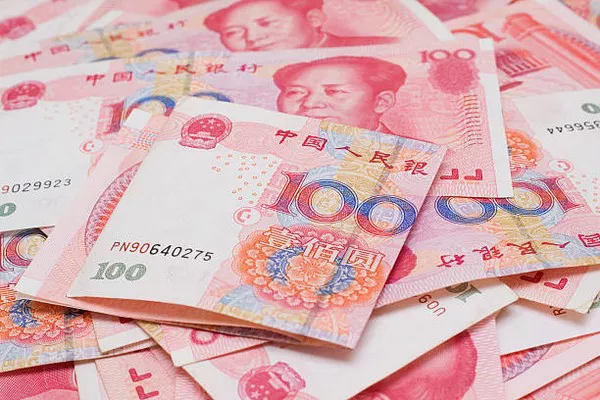In the annals of human economic history, few substances have held the enduring allure and universal recognition as currency quite like gold. Across cultures and millennia, gold served as the ultimate medium of exchange, a store of value, and a symbol of wealth. However, the age-old practice of using gold as currency has faded into the annals of history. This transition, from gold-backed currencies to fiat money, reflects profound shifts in economic philosophy and practical considerations that have reshaped the global financial landscape.
The Historical Role of Gold as Currency
Gold’s status as currency dates back thousands of years. Ancient civilizations, from the Egyptians to the Greeks and Romans, recognized gold’s intrinsic value due to its rarity, durability, and malleability. Gold coins emerged as a standardized form of currency, facilitating trade and commerce across vast empires.
The allure of gold continued through the Middle Ages and into the modern era. The gold standard, a monetary system where a country’s currency or paper money has a value directly linked to gold, gained prominence during the 19th and early 20th centuries. Under this system, the value of a country’s currency was tied to a specific amount of gold. This provided stability and reassurance, as currencies were backed by a tangible and finite resource.
The Demise of the Gold Standard
The gold standard faced significant challenges in the aftermath of World War I. Economic instability and mounting debt led many countries to abandon the gold standard to print more money. The Great Depression of the 1930s further strained the system, as countries hoarded gold, leading to a contraction in the money supply and exacerbating economic woes.
The final blow to the gold standard came after World War II with the Bretton Woods Agreement in 1944. Under this framework, the US dollar was pegged to gold, and other currencies were pegged to the dollar. This system effectively established the US dollar as the world’s reserve currency and marked the shift away from a direct gold standard.
Fiat Money and Economic Realities
The transition from the gold standard to fiat money marked a profound shift in global monetary systems. Fiat money, backed by the faith and credit of a government rather than a physical commodity like gold, offered greater flexibility and responsiveness to economic conditions.
Several factors contributed to the decline of gold as a currency:
Flexibility in Monetary Policy: With fiat money, governments gained the ability to adjust monetary policy to stimulate economic growth, manage inflation, and respond to financial crises. Central banks could now expand or contract the money supply as needed, a flexibility that was not possible under the constraints of the gold standard.
Growing Economies and Trade: As economies expanded and global trade increased, the limited supply of gold became a practical constraint on economic growth. Fiat money allowed for the development of more complex financial systems and facilitated international trade.
Technological Advancements: The digital era brought about new forms of payment and financial innovation that rendered physical gold less relevant in day-to-day transactions. Electronic banking, credit cards, and digital payments have largely replaced the need for gold as a medium of exchange.
Storage and Transaction Costs: Holding and transacting with physical gold can be cumbersome and expensive. Fiat money, in contrast, can be easily stored, transferred, and accounted for electronically.
The Modern Role of Gold
While gold no longer serves as the backbone of global currency systems, it remains a significant asset class and store of value. Central banks and investors continue to hold gold as a hedge against inflation, currency fluctuations, and geopolitical uncertainty.
Gold’s appeal in modern times is multifaceted:
Financial Diversification: Gold offers diversification benefits within investment portfolios, often behaving differently than stocks and bonds.
Inflation Hedge: Historically, gold has preserved its value over time, making it a popular hedge against inflation.
Crisis Hedge: During times of geopolitical instability or financial turmoil, investors often flock to gold as a safe haven asset.
Conclusion: The Legacy of Gold
In conclusion, the decline of gold as a currency reflects broader shifts in economic thinking, technological progress, and the evolving nature of global finance. While gold’s role in the monetary system has diminished, its enduring allure as a symbol of wealth and stability persists.
The modern economy thrives on flexibility and adaptability, qualities that fiat money embodies. Nonetheless, the story of gold serves as a reminder of the enduring human fascination with precious metals and the timeless pursuit of financial security.


